What is an Air Source Heat Pump?
Article Chapters
What is an Air Source Heat Pump?
Air source heat pumps are becoming increasingly popular as an alternative way of heating homes and offices.
An air source heat pump will allow you to generate renewable heat energy and this can lead to considerable savings on energy bills.
Since there’s various other types of heating options to choose from, it’s a good idea to learn more about what an air source heat pump is, alongside key factors that will help you decide whether it’s a suitable option for your circumstances.
What is a Heat Pump?
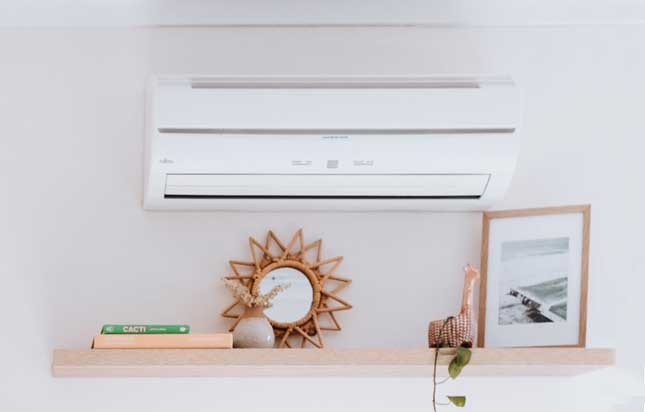
Image source: Pexels
While most home heating systems rely on burning fuel or converting electricity in order to produce heat, air source heat pumps work differently.
This is because a heat pump does not generate heat, but rather moves existing heat energy found outside the building via a condenser.
The heat is then transferred into the home via a wall unit air blower, radiators or through underfloor heating.
This system can also provide hot water in taps, showers and baths as the water in the hot water cylinder can also get heated.
This is only in the case of an air-to-water source heat pump.
Air source heat pumps are often described as being a low-carbon option to heat your property.
They look very similar to air conditioning units, and their size depends greatly on how much heat one would like to generate in the home.
How Air Source Heat Pumps Work
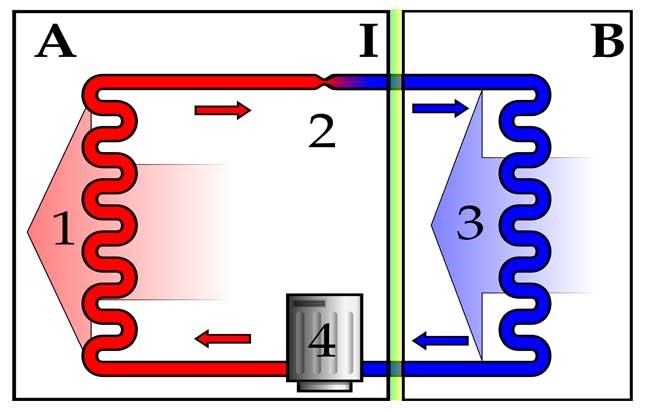
Image source: Wikipedia
In order to explain how an air source heat pump works, a simple comparison is how refrigerators operate, but in reverse.
Basically, the air outside is blown over a network of tubes that are filled with a refrigerant.
This is warmed up, leading it to change form from a liquid to a gas.
This in turn passes through a compressor, where the pressure is increased.
This compression also helps to add more heat.
Then, the compressed hot gas passes into a heat exchanger.
Here it is surrounded by cool air or water.
The heat is then transferred to the air or water to increase its temperature..
This then gets circulated into the building in order to provide heating, as well as hot water.
Then, the refrigerant condenses back into a cool liquid, so that the cycle starts all over.
Types of Heat Pumps
There are two main types of air source heat pumps, namely air-to-air and the air-to-water heat pumps.
In the UK, the most popular type of heat pump is the air-to-water heat pump system.
Air-to-Air Heat Pumps
This type of system will transfer the heat into the air.
This is then distributed and circulated into the building via a wall unit using fans.
There is the option of choosing either hot or cool air depending on the season.
This system does not produce hot water.
Air-to-Water Heat Pumps
In such a system, the heat gets transferred into a conventional ‘wet’ central heating system.
Thanks to this, you will be provided with hot water as well as central heating in your property.
This system is suitable for large radiators as well as wet underfloor heating.
For more efficiency, they need a large surface area in order to be better able to release heat.
Where to Install an Air Source Heat Pump
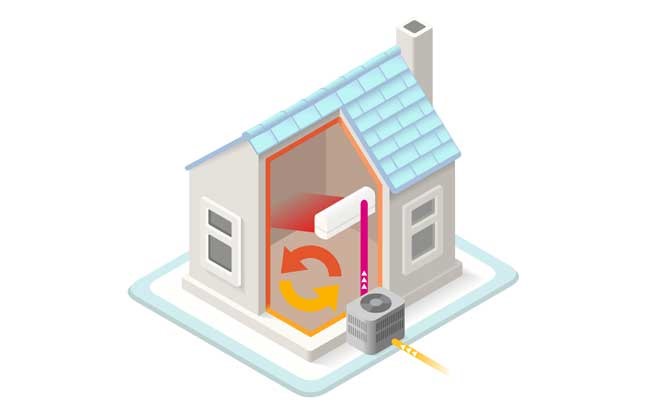
Image source: Shutterstock
The location for installing an air source heat pump is a key consideration.
First of all, the external unit of the system will inevitably make some noise.
Therefore you need to take this into account to reduce any inconvenience that this could cause to yourself or neighbouring properties.
Having said that, unless the heat pump is working extremely hard, such as during extreme cold weather, the noise generated will not be too loud.
In terms of the volume, it will be similar to a fridge.
The inside unit on the other hand hardly makes any noise at all, as it mainly contains valves and pumps.
Air source heat pumps are usually positioned either at the side or at the back of a property.
The main consideration is that there’s plenty of space available so the air can sufficiently circulate.
In most cases, there’s no need for planning permission unless you live in a listed building or in a conservation area.
Air Source Heat Pump Installation Costs
The typical cost of an air source heat pump system ranges between £5000 and £10,000.
This depends on the brand and the heat output, as well as the installation cost.
You may wish to note that as from April 2022, the government is offering up to £5,000 to those who opt to install an air source heat pump system.
Air Source Heat Pump Running Costs
Besides the initial cost outlay, it’s important to be aware of running costs.
When it comes to air source heat pumps, one can safely say that they are one of the most efficient appliances you can install to heat your home.
A traditional boiler will typically lose some 10% of the heat through the burning process.
But with an air source heat pump the efficiency rating is said to be around 350%.
This coupled with the fact that we can expect fuel prices to increase further over time, leads to very cheap running costs which will also pay off over time.
The running costs will depend mainly on how the heat pump is designed as well as how it is operates.
While the pump uses electricity to run, it should utilise less electrical energy than the heat that it actually produces, making it a very energy efficient option.
Air Source Heat Pump Efficiency
There is no denying that an air source heat pump system can greatly lower your carbon footprint.
This is because it uses air, and thus it is a renewable and natural source of heat.
Ultimately, your CO2 reduction will depend on the fuel that you are going to replace.
An air source heat pump still needs a power source, typically electricity to power it.
So there will still be some CO2 emissions.
However, it is still a very efficient option when compared to other heating systems.
You should also try to make sure that you are using the system as effectively as you can.
For instance, you should set the heat properly and control it accordingly.
It is also important to ensure that the heat pump is serviced at least once every two to three years to optimise its operation and efficiency.
Air Source Heat Pump Maintenance
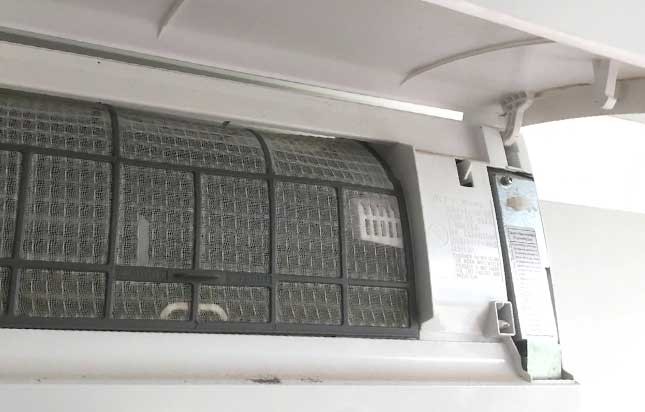
Image source: KD Pumps
As a general rule, air source heat pumps are said to have a working life of at least 20 years.
However it is very important to have the system professionally installed, and maintained on a regular basis.
Every two to three years you should have a professional see to the servicing of the system.
It is important to ensure that this is done according to the manufacturer’s recommendations.
You may also wish to carry out the following basic maintenance tasks yourself:
Airflow
Make sure there’s a plentiful supply of air available.
It is important to check that there are no leaves or other items which could blocks the fan’s grilles.
Any plants or trees which are close by should be pruned to make sure that they do not grow too close to the unit or to the pipes.
Snow & Ice
During periods of cold weather, it’s important to clear any snow which could be present.
It is also important to check that the grilles are not being blocked by ice.
Advantages vs Disadvantages
As with any new technology, there are both advantages and disadvantages to take into account.
The main advantage of an air source heat pump is that it is a highly efficient system to produce both heat as well as hot water.
However, it is mainly suited to maintaining ambient temperatures, and not to boost heat.
Installing an air source heat pump is relatively straightforward as there’s no need for groundwork or major excavation as one would have to do to install a ground source pump.
You can discover the difference between air source heat pumps vs ground source heat pumps in another of our blogs.
Heat pump installation can still take a number of days to complete.
Moreover, it is important to note that you will need enough space as the pump’s compressor will need the air to be properly circulated.
There also needs to be sufficient space indoors as there will be the water storage tank or a wall unit for air blowing systems.
One can benefit from low maintenance requirements and a long service life though, and these are two key benefits of air source heat pumps.
However, it may be best to consider insulation options in order to keep running costs lower by keeping the heat inside the building.
Some air source heat pump systems can also provide cooling in the summer months, in a very similar way to air conditioning.
Conclusion
Air source heat pumps offer numerous advantages.
Besides lowering your fuel bills and helping to cut down on carbon emissions, they are very efficient and low maintenance.
An air source heat pump system should be one of your top considerations if you’re looking into options to heat your home and water.
If you’re thinking of getting an air source heat pump installed, or have an existing pump requiring servicing or maintenance, contact us at KD Pumps for help.

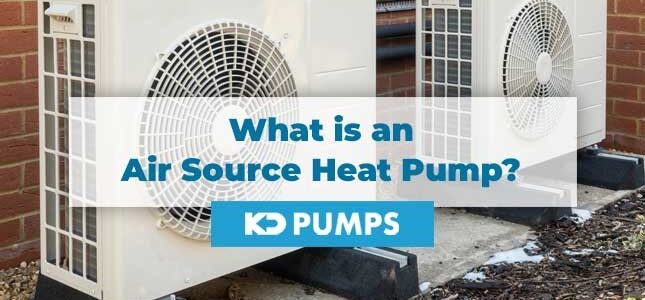
Comments are closed.